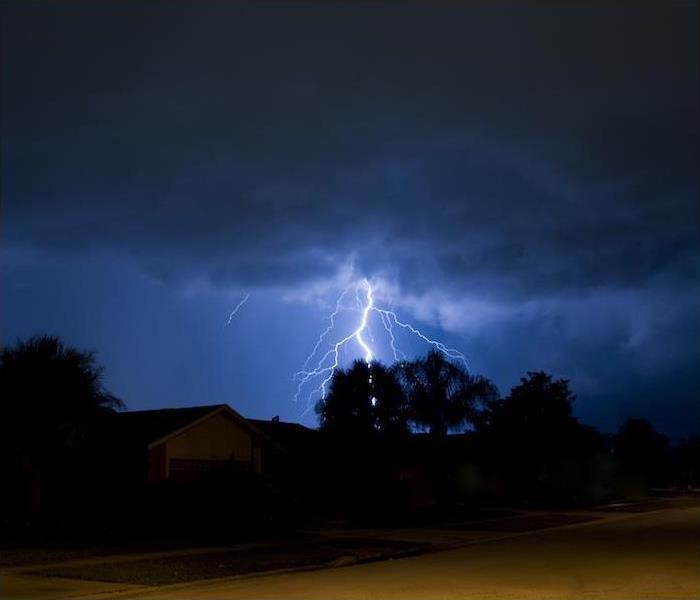Tips for Safety During Summer Storms | SERVPRO® of Cedar Mill/Oak Hills
7/23/2020 (Permalink)
 Have you been affected by a storm event? SERVPRO of Cedar Mill/Oak Hills is available 24/7 and ready to assist you with any storm damage.
Have you been affected by a storm event? SERVPRO of Cedar Mill/Oak Hills is available 24/7 and ready to assist you with any storm damage.
When the temperature and humidity rises, thunderstorms can become a commonplace part of summer days. While many manifest as simple, passing showers, it is important to remember the risks that any thunderstorm can cause—especially if conditions are ripe to turn it into a severe scenario.
In case you get caught with bad weather on the way, these safety tips can help you no matter where you are.
General Safety Tips Regarding Thunderstorms in the Summer
Know your options for shelter. If storms pop up in the forecast and you are at home, the best thing to do is to stay put and seek shelter in a room toward the interior of your home. Because storms can come up suddenly, however, you may have to seek shelter out and about. In that case, your car is a viable option if it is hard-topped and safely pulled to the shoulder or in a lot, as long as you turn off the engine and refrain from touching any metals in the vehicle.
Practice electrical safety. When lightning hits a building, it is searching for the quickest way to get through to the ground—which often involves traveling through electrical wires. The wires in buildings are not equipped to handle the high charges that lightning presents, so they will transfer some of this energy through the outlets and into whatever is plugged in them, referred to as a power surge. If you are able, unplugging everything before a thunderstorm starts is wise—as is installing surge protectors in case you are caught off-guard.
Avoid direct contact with concrete. The structural integrity of concrete structures cannot be rivaled, but in the event of thunderstorms, they actually are not the safest option. When concrete is poured, it is typically reinforced with metal in the walls and throughout the floor—meaning it can transfer electricity if lightning strikes the structure. Avoid touching concrete directly if lightning strikes are a possibility.
Stay indoors for at least 30 minutes. It is common for the thunderstorms that come during warmer weather to start abruptly and end just as fast. While this might leave people antsy to resume any activities they had started, lightning has a range of up to 25 miles from cloud cover. Officials recommend waiting at least a half hour before you go back outside after a thunder clump.
If your home sustains damage due to a storm, you can count on us to help. Contact us at any hour to learn more about our storm restoration process.






 24/7 Emergency Service
24/7 Emergency Service